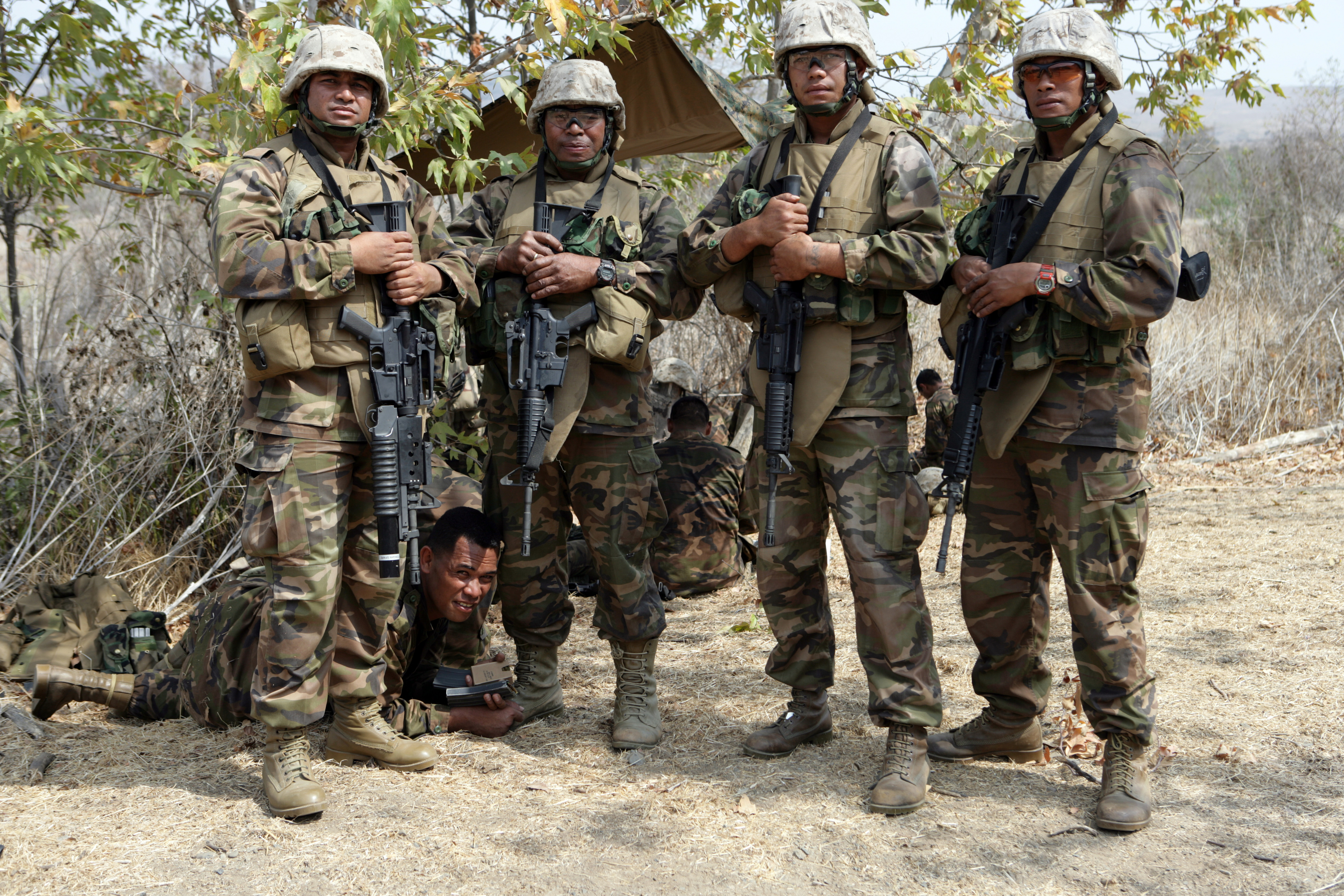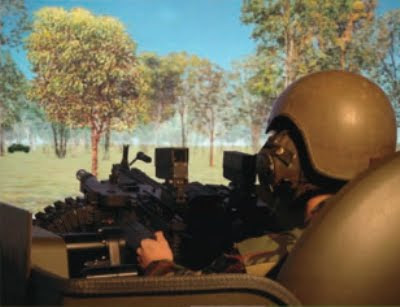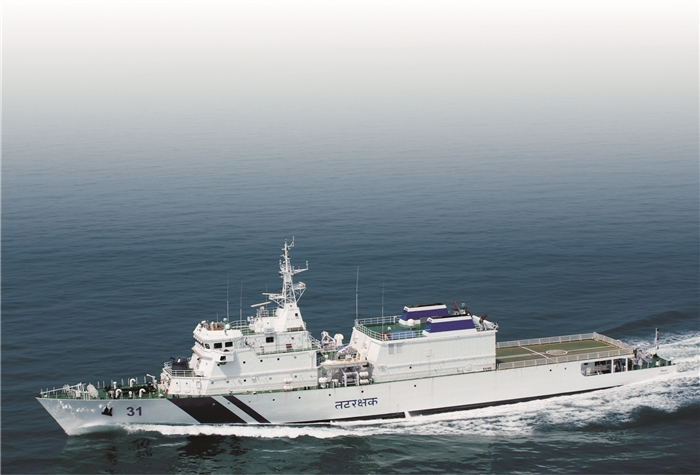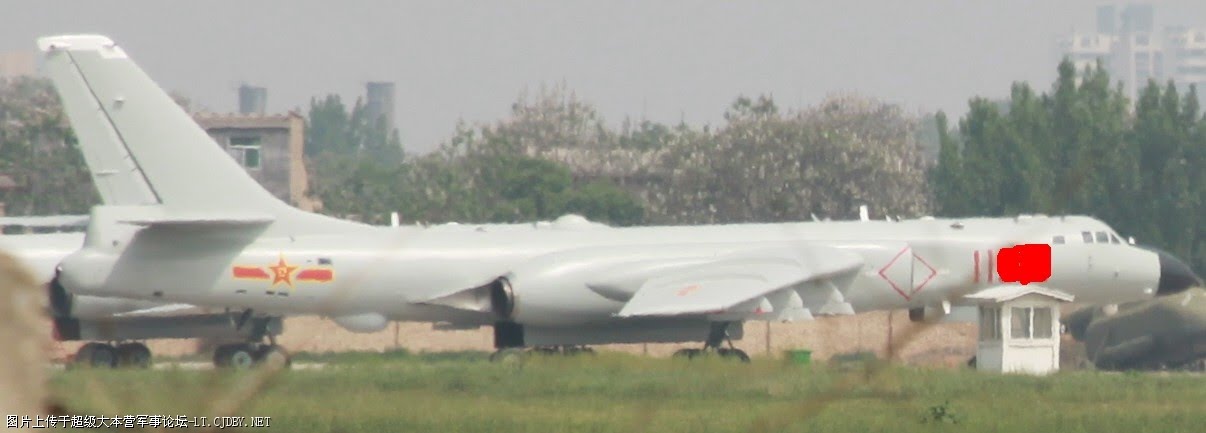
May 9th, 2011 By Australian Department of Defence – DEFENSE TALK
The Minister for Defence Stephen Smith and the Minister for Defence Materiel Jason Clare today announced additional Strategic Reform Program (SRP) initiatives and the first set of further
accountability and procurement reforms for Defence. The reforms will enhance Defence management and improve the delivery of billions of dollars of investment in new capabilities being
progressively rolled out under the Force 2030 plan as set out in the 2009 Defence White Paper. In line with the Strategic Reform Program, the Minister for Defence announced that additional
Defence efficiency measures would be achieved by a reduction in Australian Public Service (APS) civilian staffing growth in Defence, and the savings effected here would contribute to the
Government’s return to a Budget surplus and the Government’s broader fiscal strategy.
APS Savings: Civilian Employees
The SRP will deliver over $20 billion in savings to reinvest in the delivery of Force 2030. Early progress suggests that more can be done. In addition to the SRP measures already announced, the
Government is announcing today a second phase of SRP-related savings to be realised primarily through further improvements to shared services design and implementation. The White Paper and the
workforce and shared services stream of the SRP predicted a net increase in the Defence APS workforce of 1,655 from 2010-11 to 2013-14. Reforms to shared services and other efficiency measures
means that Defence can reduce this overall forecast APS workforce growth by 1000 over the next three years. This includes the application of the Government’s increased efficiency dividend to
Defence. Under this whole of Government measure, the efficiency dividend will rise from 1.25 per cent to 1.5 per cent in 2011-12 and 2012-13, before returning to 1.25 per cent for 2013-14 and
2014-15. Reducing the APS workforce growth will be achieved by natural attrition, not hiring new staff and, if required, some limited voluntary redundancies. Savings from these reductions to
forecast APS growth will be returned to the Budget. There will be no reductions to the Australian Defence Force military workforce as a result of these changes. Given priority accorded to
maintaining support to operations, improving Navy sustainment and enhancing capability development, the Joint Operations Command (JOC), the Navy and the Capability Development Group (CDG) will be
exempt from these additional reductions to their forecast APS workforce.
Further Shared Services Reform
Defence will undertake further externally-led reform and rationalisation of shared services, both within Defence Groups, and across Defence as a whole. The intent is to realise workforce
reductions in corporate overhead functions in a way that does not reduce standards of service in support of operations or capability development. This reform will be undertaken as part of the
Strategic Reform Program, using its governance and oversight processes, including oversight by the independent Defence Strategic Reform Advisory Board chaired by Mr George Pappas. All Groups in
Defence will be subject to this examination, with priority in those areas where the largest gains in effectiveness and efficiency are likely to occur. Planning will be completed by late July,
with implementation to commence in August 2011.
Project management accountability reforms
Mr Smith and Mr Clare also released the first set of further accountability and procurement reforms. In February Minister Smith and Minister Clare foreshadowed they would bring forward a number
of reforms to improve accountability in Defence and project management. This is the initial step in that process. It is essential that the agreed recommendations of Kinnaird and Mortimer are
fully implemented and built upon. In 2003 the Kinnaird Report recommended a number of reforms which led to the two-pass approval system, the creation of the Capability Development Group and the
Defence Materiel Organisation as a prescribed agency under the Financial Management and Accountability Act. Most of the Kinnaird reforms have been implemented and have had a positive impact. In
2008 the Mortimer Review into Defence Procurement and Sustainment made 46 recommendations. The Government agreed to 42 of them in full and three in part. Many of these recommendations have been
implemented including increased investment in Defence industry skills and incorporation of improved commercial practices into Defence procurement. Some of the key recommendations have not yet
been fully implemented. Defence will now accelerate the implementation of all outstanding agreed recommendations made by Mortimer as a matter of priority.
This includes:
- project directives issued by the Secretary of the Department of Defence and the Chief of the Defence Force to ensure Defence acquisitions progress according to Government direction; and
- benchmarking all acquisition proposals against off-the-shelf options where available.
In addition to this, the Government is today announcing a small number of reforms that build on the recommendations of Kinnaird and Mortimer. These reforms will focus on improving project
management and minimising risk at project start and identifying problems early.
They include:
- The introduction of a two-pass approval system for minor capital projects valued between $8 million and $20 million;
- Implementation of an Early Indicators and Warning system;
- The expansion of the Gate Review system; and
- The introduction of Quarterly Accountability Reports.
Details of these reforms are attached [see below]. Over the coming months the next stages of reform will include the Government’s response to the Black Review into Accountability and Governance
in the Defence Department and the Government’s response to the Rizzo Review into the Maintenance of Naval Ships.
Project Management Accountability Reforms
Mortimer Reforms
As a matter of priority Defence will accelerate the implementation of the agreed recommendations of the Mortimer Review that have not yet been fully implemented. These include:
Cost-benefit analysis of projects that are not off-the-shelf purchases to rigorously review the project to assess the cost and risk against off-the-shelf purchases.
Establishing Project Directives to provide clear direction to Defence on decisions made by the Government regarding Defence capabilities.
Establishing an independent Project Performance Office within DMO to review projects and assist project teams to solve problems.
Regular reporting to Government requiring Capability Managers to provide advice on the status of capability development projects for which they are accountable.
Creating a more disciplined process for changing the scope of a project including the requirement that Defence seek the Government’s approval for significant changes to the
scope of a project.
The Government will also request the Auditor General conduct a planned audit of the implementation of the Mortimer Report in the second half of this year.
Two-Pass approval for minor capital projects
Defence will immediately implement a two-pass approval system for minor capital equipment projects valued between $8 million and $20 million. Minor capital projects are those valued at less than
$20 million. Minor projects are not included in the Defence Capability Plan. They cover new equipment, modifications to existing equipment or enhancements to new equipment. In 2010-11, the
planned budget for minor capital projects is around $150 million and there are about 105 minor capital projects underway. The two-pass approval system recommended by Kinnaird has been successful
in improving the budget, schedule and capability delivery of major projects. Major projects which have been through the two-pass system demonstrate a 20 per cent to 25 per cent improvement to
their schedule when compared to those that did not. This same rigour will now be applied to minor capital projects. These projects will now involve a formal business case for two-stage approval
by the Minister for Defence. Second pass approval for minor capital projects will require Defence to provide the Minister with tender quality data upon which to base decisions.
Early Indicators and Warning System
Defence assesses that 80 per cent of problems with Defence capability projects occur in the first 20 per cent of the project’s life. That is why it is important to pick up problems early. One of
the biggest challenges in Defence procurement is projects running late. The earlier these issues are picked up, the earlier the problem can be fixed. The Government will implement an Early
Indicators and Warning System. This system will help identify and correct potential problems with projects. A set of triggers will be established to give early warning of projects which are
running late, over-budget or not delivering the capability required. The Government expects that a substantial number of projects may activate the triggers. The purpose of the system is to
identify problems early so appropriate action can be taken to remediate them. The Minister for Defence, the Minister for Defence Materiel, the Secretary of Defence and the Chief of the Defence
Force will be advised when these triggers are activated. When a trigger is activated Defence will conduct an internal review of the project and recommend whether a full diagnostic examination (a
Gate Review) is required and should be conducted. The initial triggers for each project stage are set out below. These will be adjusted or added to as the system matures.
Post-first pass triggers:
Triggers will be activated if it is assessed that:
- the project is likely to go outside a parameter agreed by Government at First Pass, as reflected in the respective Project Directive by the CDF and Secretary;
- a significant milestone will not be achieved within three months of the schedule approved by Government at First Pass; or
- the project cannot meet the essential requirements within the cost, schedule and risk levels approved by Government at First Pass.
Post-second pass triggers:
Triggers will be activated if it is assessed that:
- the schedule for meeting Initial or Final Operational capability will be delayed by 10 per cent or more for off-the-shelf capability, 20 per cent or more for local adaptation of off-the-shelf
capability and 30 per cent or more for developmental projects.
- the project’s costs will exceed its approved budget;
- the contractor is not meeting promised capability or schedule milestones or exceeding approved costs;
- policy or legislative changes are likely to increase the project’s schedule or cost;
- an essential capability requirement will not be met;
- emerging requirements or regulatory or safety standards are different to those at the time the project was approved by Government and will materially affect the project;
industry engaged in the project does not have the required workforce or financial capacity or management commitment to meet critical project milestones; or
- project risks have increased beyond the parameters agreed by Government.
The Defence Annual Report will publish details of the action taken on projects as a result of an early warning indicator being triggered.
Full Diagnostic Reviews
As foreshadowed in the 2009/10 Defence Annual Report and the 2009/10 Australian National Audit Office Major Projects report, Defence will expand the use of the full diagnostic review of projects,
known as Gate Reviews. Gate Reviews commenced in 2009 for selected high value and highly complex projects and have proven very effective in the early identification and resolution of problems.
All major projects managed by the Defence Materiel Organisation will now undergo at least one Gate Review per year. Gate Reviews will also be extended to other areas of Defence including Chief
Information Officer Group and Defence Support Group. These reviews will normally be linked to a key project decision point or milestone. Reviews will also be conducted in cases where the
Government or Defence have concerns, or where a project’s early indicator or warning is triggered. A Project Manager will also be able to request a Gate Review to enlist senior management
assistance to resolve significant issues. A Gate Review Board will be convened for each review. A number of independent experts will be contracted to provide advice to these reviews.
Quarterly Accountability Reports
There is a need for more regular and rigorous reporting to Government on high priority projects. Accordingly, there will be a quarterly report to the Minister for Defence, the Minister for
Defence Materiel, the Secretary of the Department of Defence and the Chief of the Defence Force on designated key projects. The report on each such project will be formally signed off by the
Chief Financial Officer, the Chief Executive Officer of the Defence Materiel Organisation, the Chief of the Capability Development Group and the relevant capability manager, generally the
relevant Service Chief. This will help improve accountability and pick up problems early. This will alert senior Defence officials and Government to problems in projects so that an appropriate
remediation plan can be developed early and acted on. Reports of this nature are consistent with both the Kinnaird and Mortimer Reviews and will now be implemented. Such reporting will begin at
the next quarter, 1 July 2011, with the first such reports delivered in October





























